This Year’s Nobel Prize Achievement Was Once Doubted as Useless, But a Chinese Team Used It to Develop the “Key” to Future Chips
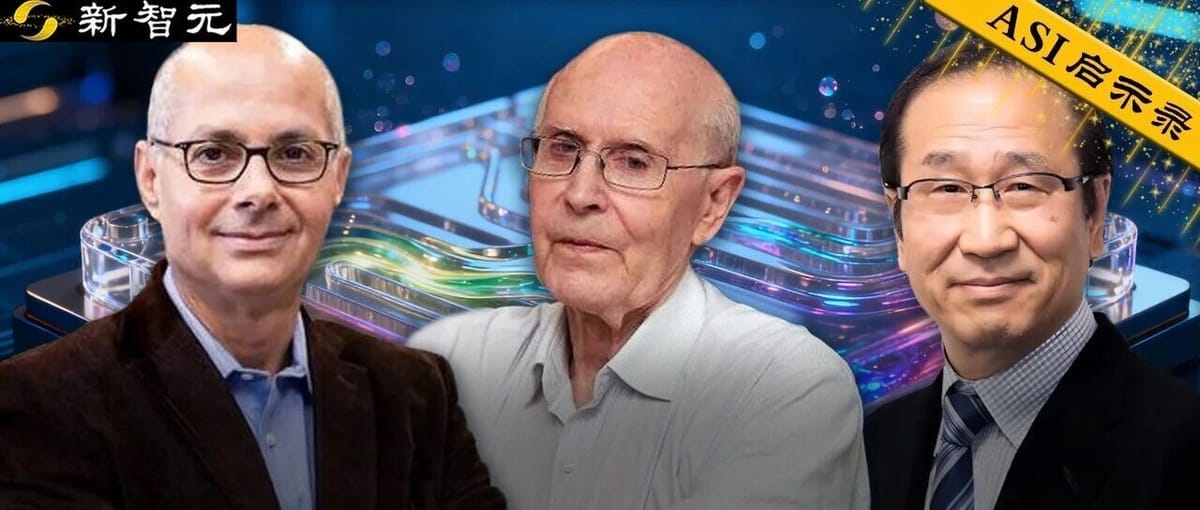
MOF-Based Fluid Chips: From Nobel Prize Material to Potential Semiconductor Breakthrough


Overview
Xinzhiyuan Report
A nearly all-Chinese overseas research team has discovered a practical application for MOF (Metal–Organic Frameworks) — a material that won the 2025 Nobel Prize in Chemistry but was previously criticized for lacking real-world uses.
Their innovation: using MOFs to build fluid chips that can perform logical operations and possess neuron-like memory effects — potentially offering a path beyond traditional semiconductor chip limitations.
Published in Science Advances, this work could mark a turning point for MOFs from "big thunder, little rain" to genuine industrial value.
---
MOF as a Material: A Nobel-Worthy Framework
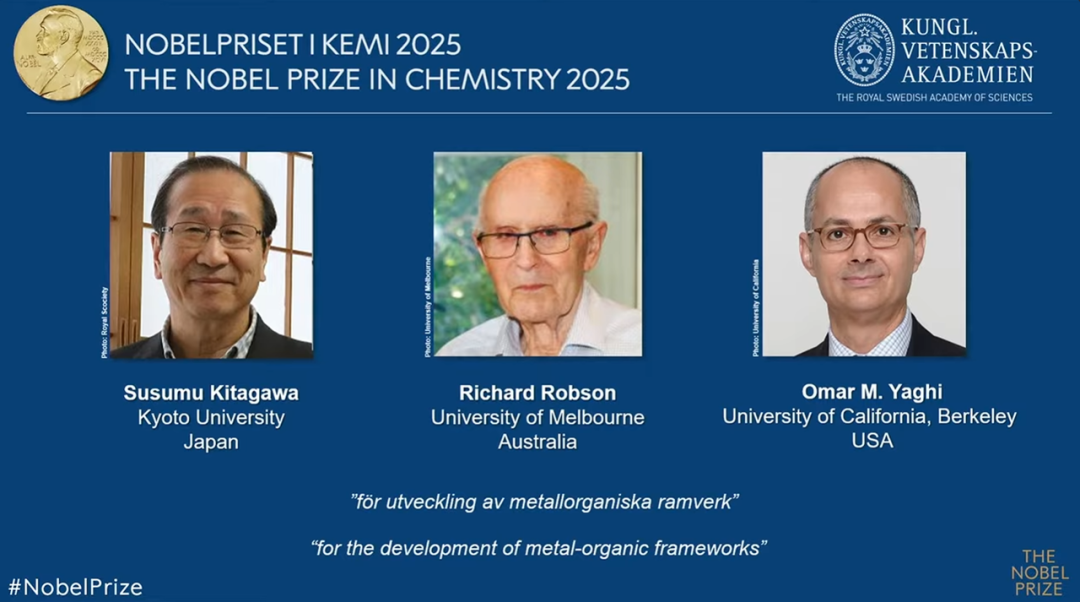
What Are MOFs?
MOFs are molecular sieves filled with nanometer-scale pores capable of filtering and storing specific molecules.
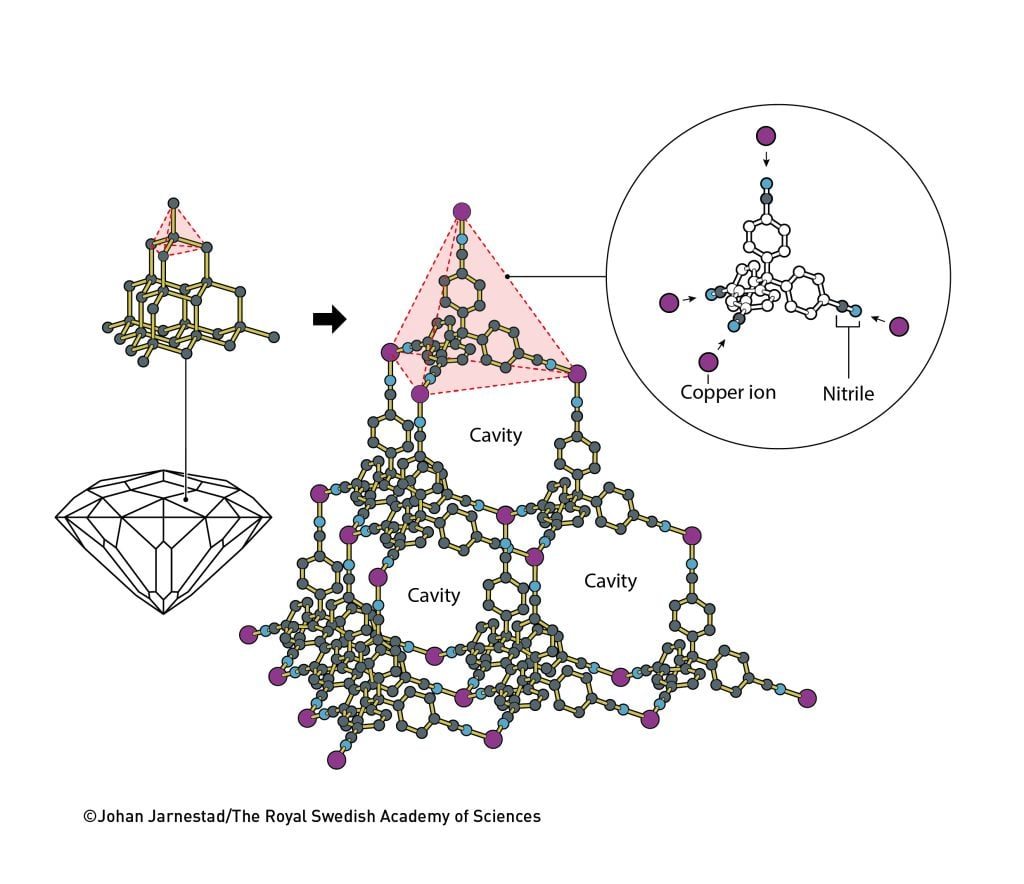
- Chemical nanotechnology analogy: MOFs are like nano LEGO, assembled from metal nodes and organic molecules.
- By tweaking building blocks, scientists can tailor pore size and chemical properties.
- Main research focus areas: gas storage, catalysis, and more.
Challenges:
MOFs traditionally suffer from poor stability and high cost — limiting real-world applications.
---
Turning MOFs into Chips
Core Idea: Growing Circuits Inside Nanopores
Traditional chips rely on electron flow in silicon.
Here, researchers use ion flow in liquids to mimic electronic logic.
Process:
- Create nanofluidic channels (10–100 nm wide) in a polymer membrane.
- Grow MOF crystals in situ inside the channel.
- The result: a hierarchical porous structure — large pores for “highways,” small pores for “alleyways,” guiding charged ions.

---
MOF Nanofluidic Transistor Structure
Two Scales of Heterojunctions:
- 1D interfaces between polymer nanopores and MOF crystals.
- 3D interfacial networks inside MOF crystals.
Material Choice: Zirconium (Zr) clusters + sulfonic acid group–modified terephthalic acid (H₂BDC-SO₃H).
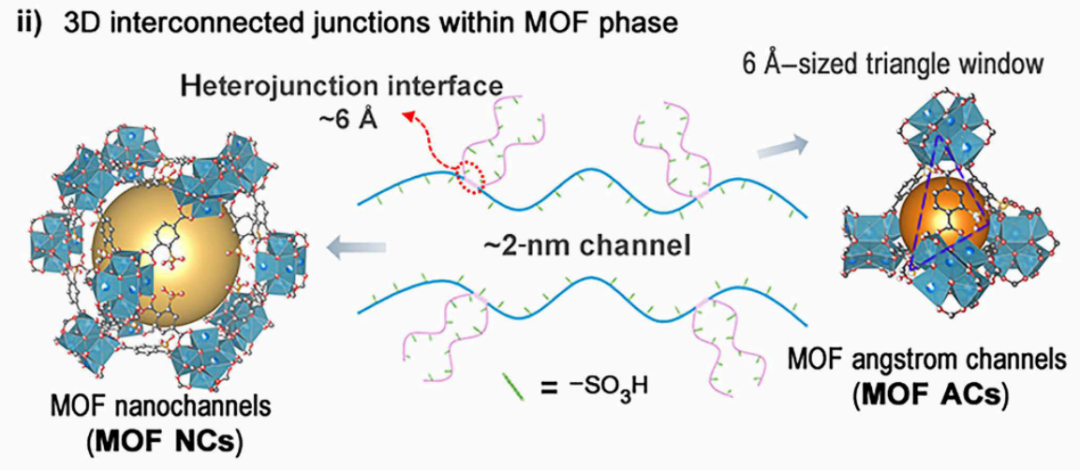
---
How MOFs Are Grown Inside Nanopores
- Setup: Bullet-shaped nanopore membrane between two reservoirs.
- Reservoir A: Organic ligand solution
- Reservoir B: Metal salt solution
- Interaction: Molecules meet inside nanopores, forming MOF seeds.
- Growth: Crystals grow inward, coating part of the pore wall.
Result:
- ~100 nm 1D heterojunctions at polymer–MOF interface.
- Multiple internal interfaces within MOF crystal, stitching together varied Zr-oxo cluster connectivity.
- Channels span scales from Ångström to nanometers.

---
Ion Transistor Function: Proton Control
Researchers tested current–voltage (I–V) behavior in various ion solutions.
Key Findings in HCl Solution (Protons as Cations):
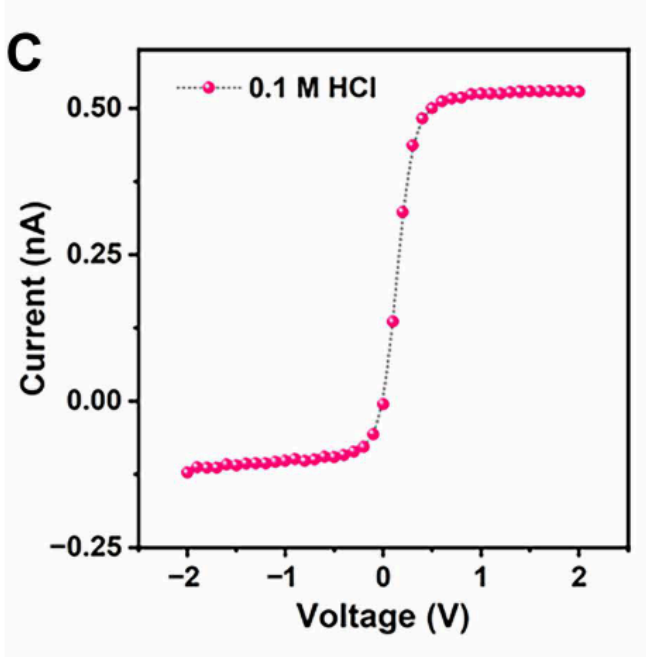
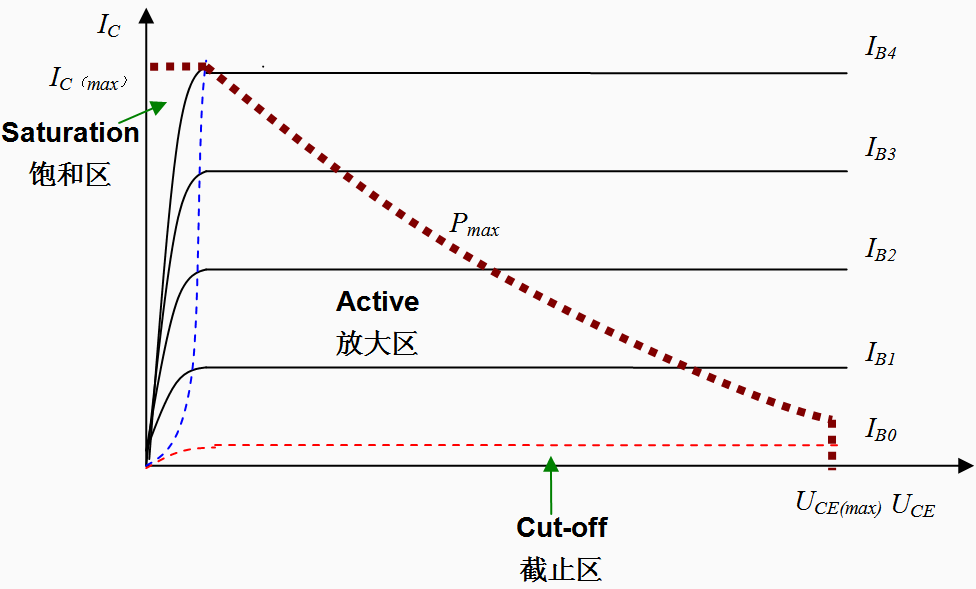
- Rapid current increase at low voltages (0–0.2 V)
- Slowed growth at intermediate voltages (0.3–0.8 V)
- Saturation beyond ~0.9 V
This creates a triode-like threshold control for proton flow.
Other ions (K⁺): Simple diode-like behavior, no threshold switching.
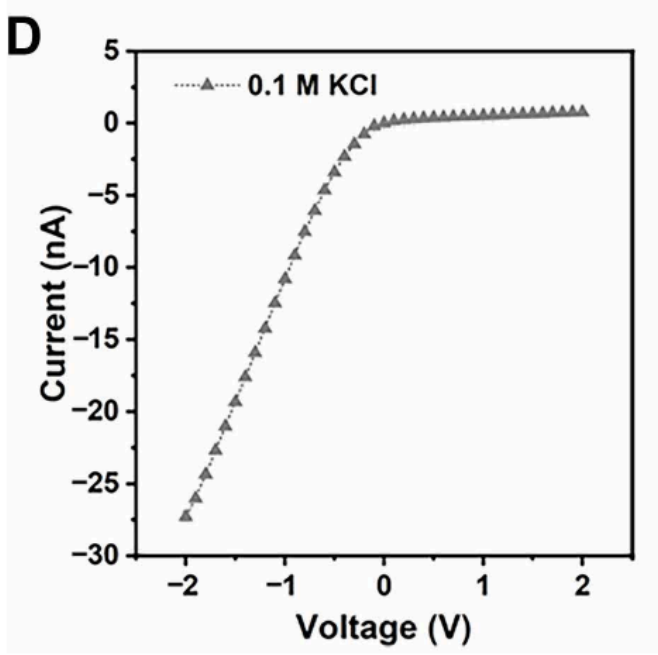
---
Why Protons Behave Differently
- Smallest, lightest ion — interacts uniquely with MOF’s internal potential barrier.
- Voltage threshold needed to enable bulk flow.
- Once open, flow saturates — similar to a water sluice gate.
---
Selective Ion Transport
Data confirms exclusivity to protons:
- HCl: ~86% charge from H⁺
- KCl: ~81% charge from K⁺
MOF channels act like traffic control:
- Protons use the "fast lane" with threshold gating.
- Other ions remain in steady "slow lane" conduction.

---
Neural-Like Learning & Memory Effects
Memristive Behavior
- Cyclic voltage tests show hysteresis loops — current depends on past voltages.
- Faster voltage cycling → stronger hysteresis
- Slow cycling → weaker memory effect
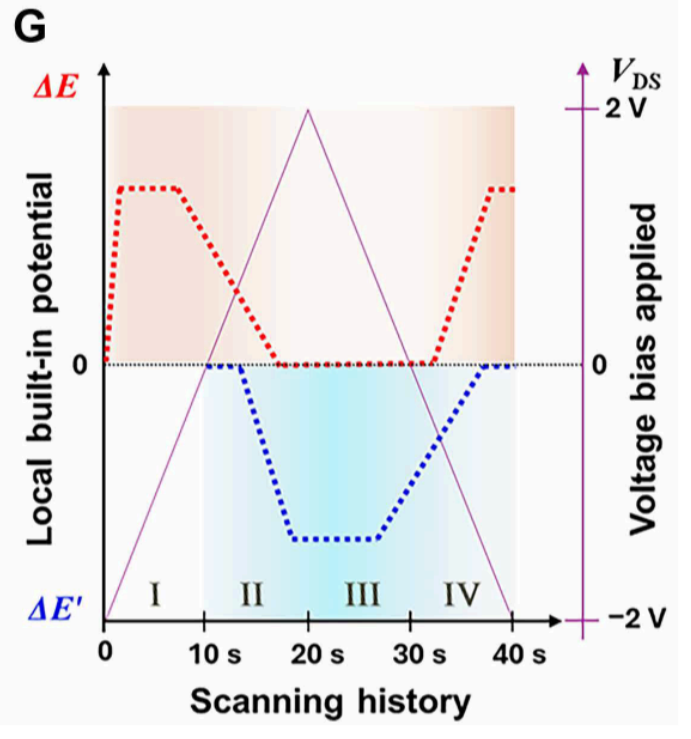
Memory lasts several seconds, akin to short-term synaptic plasticity in biological neurons.
---
Building Ionic Circuits
Researchers connected 5 MOF transistors in parallel:
- Output curve changes nonlinearly with increased parallel components.
- Allows programmable analog computation at ionic scale.
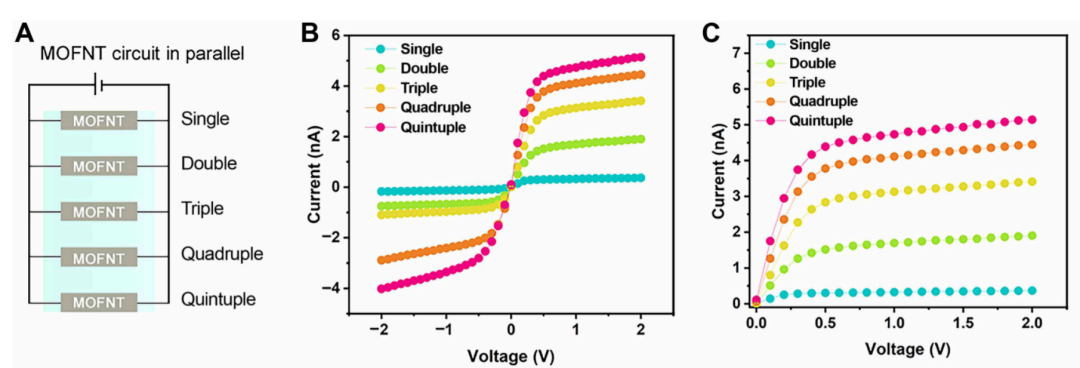
---
Implications
- Artificial neural network potential: Memory-enabled ionic circuits can perform brain-like learning.
- Future computing systems: Liquid-based chips could complement or surpass semiconductor technology.
- Interfacing with biology: Direct molecular-level communication possible.

---
Publication Details
Title: Selective Ion Transport and Memory Effects in MOF Nanofluidic Transistors
Journal: Science Advances (Sep 2025)
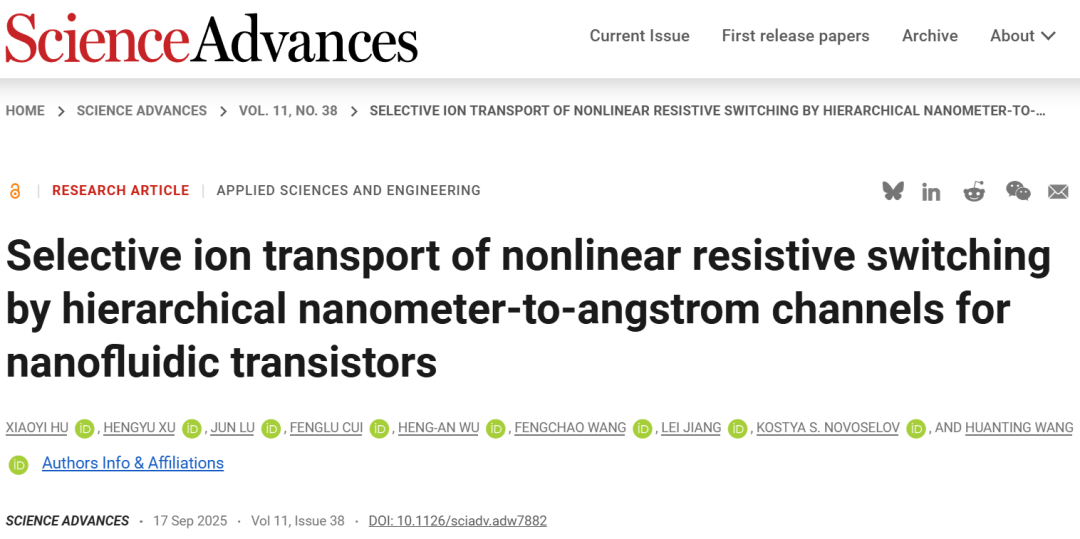
---
Future Outlook
Molecular-scale ionic computation is no longer pure science fiction. MOFs provide a toolset for creating valves, switches, and memory at nanoscales.
Potential applications:
- Ionic electronics
- Energy systems
- Biosensors & membranes
- Neuromorphic computing


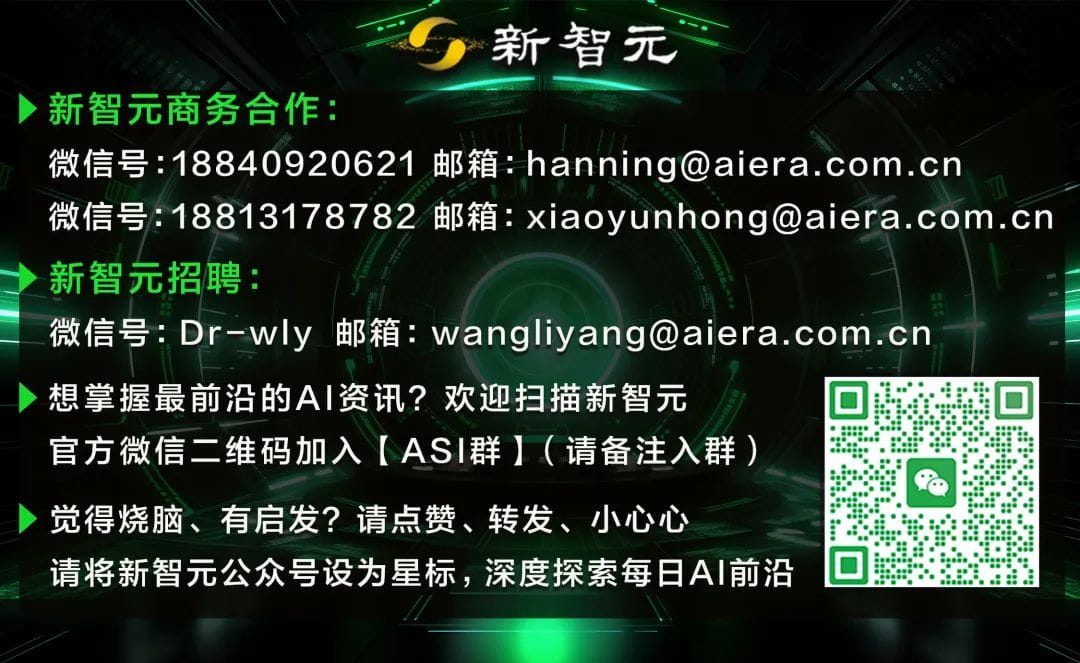
---
Resources for Content Creators
To share such advances efficiently, open-source platforms like AiToEarn官网 enable:
- AI-assisted content generation
- Simultaneous multi-platform publishing (Douyin, Kwai, WeChat, Bilibili, Facebook, Instagram, LinkedIn, Threads, YouTube, Pinterest, X, etc.)
- Analytics & monetization support
---


